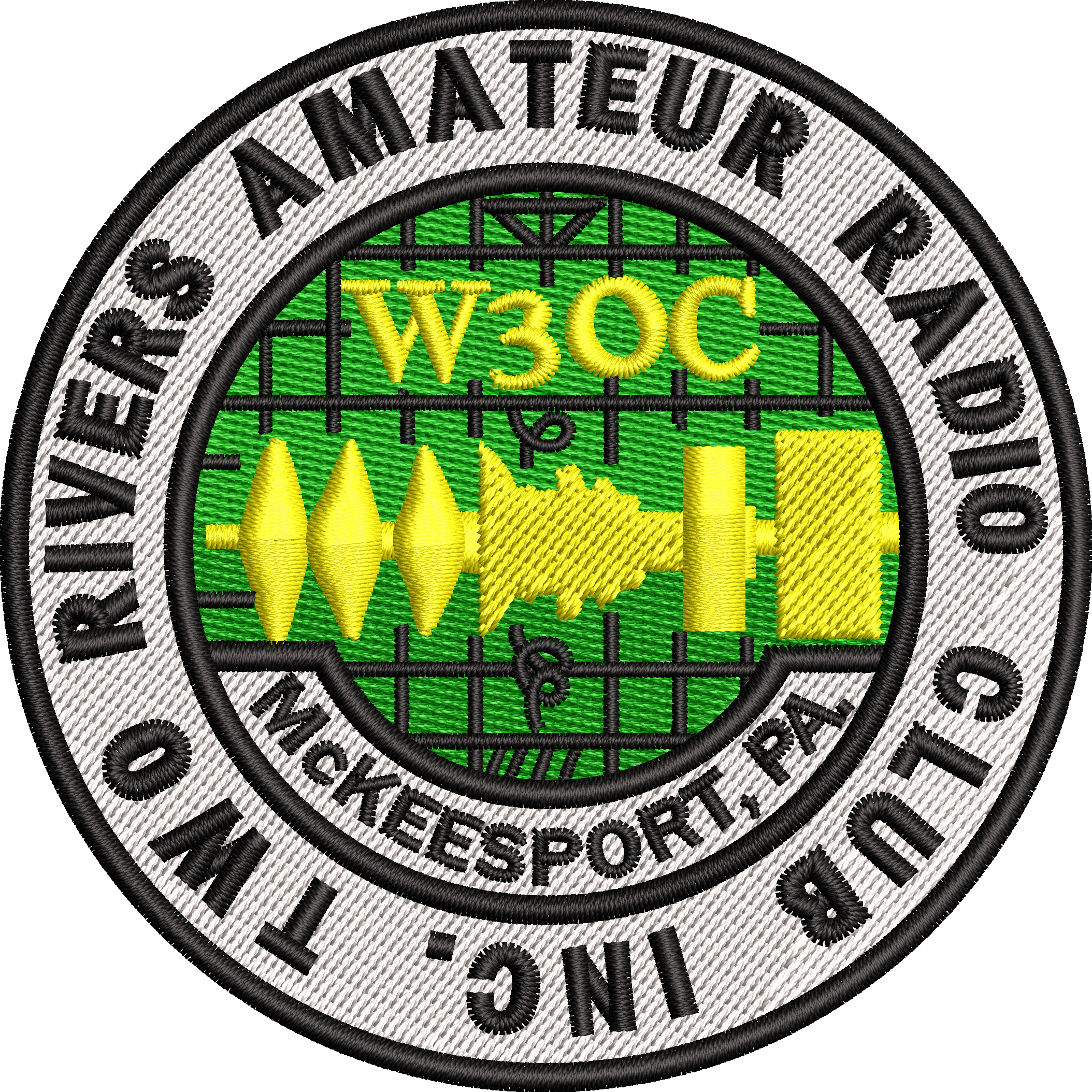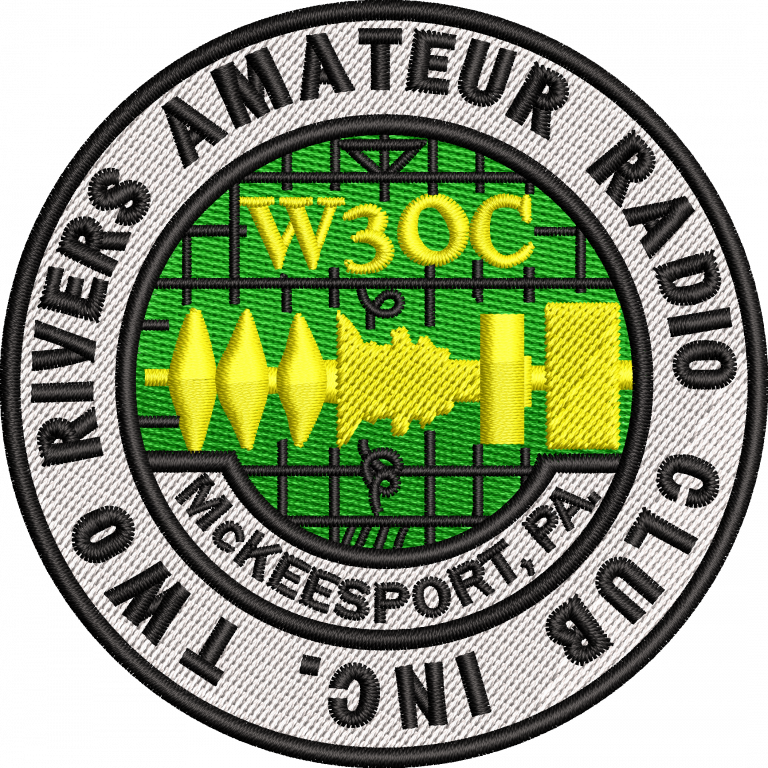Public Notice – Federal Communication Commission

DA 23-653
Released: August 3, 2023
PUBLIC SAFETY AND HOMELAND SECURITY BUREAU ANNOUNCES NATIONWIDE TESTS OF THE EMERGENCY ALERT SYSTEM (EAS) AND WIRELESS EMERGENCY ALERTS (WEA) ON OCTOBER 4, 2023
PS Docket Nos. 15-91, 15-94
Today, the Public Safety and Homeland Security Bureau (Bureau) of the Federal Communications Commission (FCC or Commission) provides notice to all Emergency Alert System (EAS) Participants, Participating Commercial Mobile Service (CMS) Providers, and the public that the Federal Emergency Management Agency (FEMA), in coordination with the FCC, will conduct nationwide tests of the EAS and Wireless Emergency Alerts (WEA) on October 4, 2023. If conditions on that date require the rescheduling of the tests, they will be conducted on October 11, 2023.
I. Nationwide EAS and WEA Tests
FEMA will initiate the test of WEA at 2:18 pm EDT on October 4, 2023, using the National Alert classification of Alert Message. The test will be sent to the entire United States and its territories. Members of the public with mobile device service from a CMS provider that participates in WEA in their areas will receive the test message, which will read “THIS IS A TEST of the National Wireless Emergency Alert System. No action is needed.” The WEA alert will be transmitted in both English and Spanish in both 90 and 360 character sets. All wireless providers that have elected to participate in WEA are required to participate in this nationwide test.
FEMA will transmit the nationwide test of the EAS at 2:20 pm EDT on October 4, 2023 using the Integrated Public Alert and Warning System (IPAWS). The test will be disseminated in English and Spanish as a Common Alerting Protocol (CAP) message using the Nationwide Test of the Emergency Alert System (NPT) code. The EAS test will be similar to regular monthly EAS test messages with which the public is familiar. The test message audio and text, which is designed to be identical to the greatest extent possible, is as follows: “This is a nationwide test of the Emergency Alert System, issued by the Federal Emergency Management Agency, covering the United States from 14:20 to 14:50 hours ET. This is only a test. No action is required by the public.”
The Bureau encourages EAS Participants to take steps, in coordination with their State Emergency Communications Committees, in preparation for this test, such as:
- Ensuring that a copy of the EAS Operating Handbook is located at normal duty positions, or EAS equipment locations, and is otherwise immediately available to operators;
- Reviewing the EAS Operating Handbook for the actions to be taken by operators upon receipt of the test alert, and tailoring any actions as necessary that are specific to the EAS Participants’ facilities;
- Reviewing their State EAS Plan for monitoring assignments and ensuring that EAS equipment is accurately configured to monitor those sources;
- Upgrading EAS equipment software and firmware to the most recent version; and
Manually synchronizing EAS equipment clocks to the official time provided by the National Institute of Standards and Technology if an EAS Participant’s equipment does not automatically synchronize to an Internet time source.
Members of the public and interested stakeholder organizations that are in a position to observe test results in their communities can provide useful feedback on the nationwide test, including any problems observed or any complications in the delivery of the EAS message during the nationwide test or any feedback concerning the receipt of or failure to receive the WEA test alert by reporting their observations to the Public Safety Support Center at https://www.fcc.gov/general/public-safety-support-center.
A. EAS Test Reporting System Filing Deadlines
All EAS Participants are required to participate in the nationwide EAS test and make required filings in the Commission’s EAS Test Reporting System (ETRS). EAS Participants were required to make their 2023 ETRS Form One filings on or before February 28, 2023.
- Any EAS Participant that must update ETRS Form One to ensure its accuracy (including changes resulting from transfers of control, updates to EAS equipment or software, or as required by any revision of its State EAS Plan filed pursuant to 47 CFR § 11.21) must submit an updated ETRS Form One on or before September 15, 2023.All EAS Participants must file ETRS Form Two to provide “day of test” data on or before October 5, 2023.
- All EAS Participants must file ETRS Form Three to provide detailed post-test data on or before November 20, 2023.
ETRS Forms Two and Three will become available in ETRS on October 4, 2023, at the time of initiation of the 2023 nationwide test.
B. Who Must File
All EAS Participants – including Low Power FM stations (LPFM), Class D non-commercial educational FM stations, and EAS Participants that are silent pursuant to a grant of Special Temporary Authority – are required to register and file in ETRS, with the following exceptions:
- Analog and digital low power television (LPTV) stations that operate as television broadcast translator stations are not required to register and file in ETRS.
- FM broadcast booster stations and FM translator stations which entirely rebroadcast the programming of other local FM broadcast stations are not required to register and file in ETRS.
- International broadcast stations are not required to register and file in ETRS.
- Analog and digital broadcast stations that operate as satellites or repeaters of a hub station (or common studio or control point if there is no hub station) and rebroadcast 100 percent of the programming of the hub station (or common studio or control point) are not required to register and file in ETRS. However, the hub station (or common studio or control point) is required to register and file in ETRS.
C. Accessing ETRS
Filers can access ETRS by visiting the ETRS page of the Commission’s website at https://www.fcc.gov/general/eas-test-reporting-system. Filers must use their registered FCC Username (Username) that is associated with the FCC Registration Numbers (FRNs) for which they will file. Filers that have already created a Username for use with another FCC system may access the ETRS with that Username. Filers that do not remember the password that corresponds with their Username may reset it at https://apps2.fcc.gov/fccUserReg/pages/reset-passwd-identify.htm. Filers that have not previously created a Username may do so by visiting the User Registration System at https://apps2.fcc.gov/fccUserReg/pages/createAccount.htm. Filers can associate their Username to an FRN by logging in at https://apps.fcc.gov/cores/userLogin.do and clicking on the appropriate option. Additional information regarding creating and associating FRNs with a Username can be found on the CORES FAQs page at https://apps.fcc.gov/coresWeb/publicHome.do?faq=true.
II. FURTHER INFORMATION
Filers may contact Bureau staff for assistance with ETRS filings via ETRS@fcc.gov.
For further information regarding the nationwide EAS or WEA tests, contact Austin Randazzo, Associate Chief, Public Safety and Homeland Security Bureau, at (202) 418-1462 or Austin.Randazzo@fcc.gov.
Filers may contact FCC Licensing Support for assistance with creating a Username or other CORES troubleshooting via the web at https://www.fcc.gov/wireless/available-support-services, or by telephone at 1-877-480-3201. The support hours of operation are 8 a.m. to 6 p.m. Eastern Time, Monday through Friday (except Federal holidays).
-FCC-

